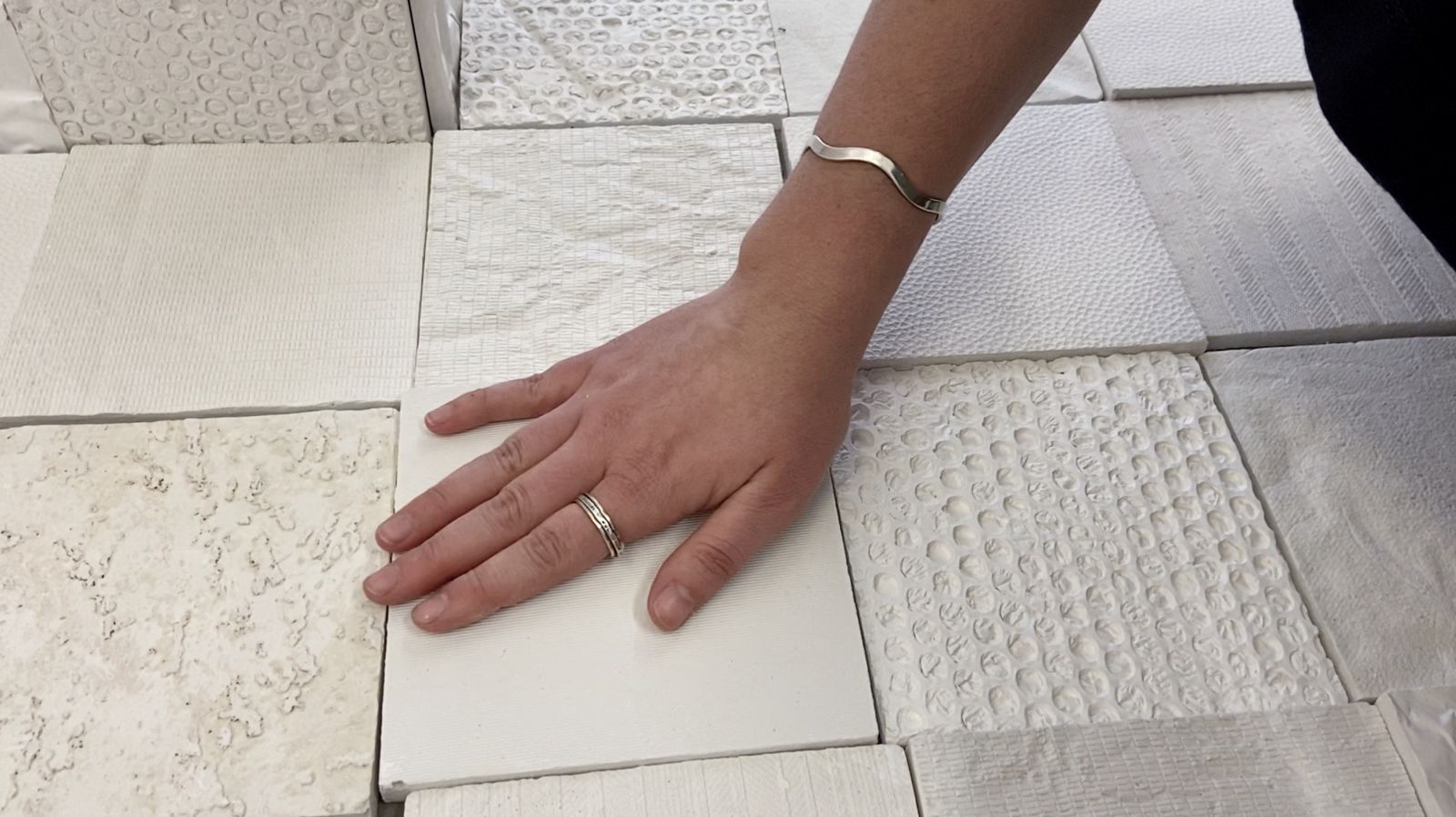
Aesthetic experiences, designed for the eye of the beholder, are still the most appreciated value of architecture. This situation reinforces our dependency and dominance on the visual sense while the other senses like touch, tend to get a backseat. As the use of digital experiences in the built and domestic environment increases, we are becoming progressively unfamiliar with materiality. This trend, amplified by the current COVID pandemic, has intensified these shortcomings, and has resulted in an architectural design practice in which the influence of tactility is at risk.
This "Sensory Deprivation" became the driving force in my research: how can this forgotten materiality within architecture regain ground and be given renewed attention through tactile stimulation? During my research I analyzed my material collection to orientate myself on the tactile qualities of materials. This collection contributed to my research methodology to explore ‘tactility by encounter’ whereby touch can generate detailed and durable memories. These so-called tactile memories of materials and textures ensure that each time a person enters a space containing certain materials, it is easier to orientate themselves and feel comfortable because the excited sensation is already familiar.
As a spatial designer, I feel the urge to encourage the emphasis on a conscious material selection in architecture. In this way extra sensory layers like comfort, support, caring, intimacy can be provoked as well as contrary sensations causing for instance discomfort, repulsion and cautiousness. Through this exploration of materials and textures, I aim to contribute to a stronger sensorially fulfilling experience by the user and to bring back “sense enhancing moments” in our built environment.